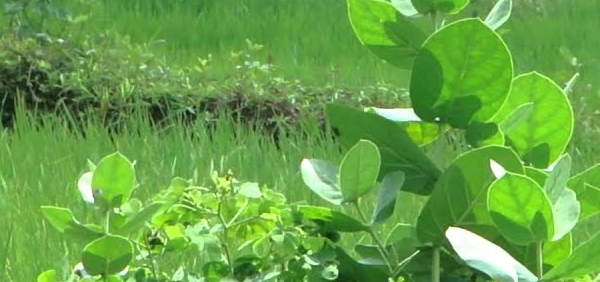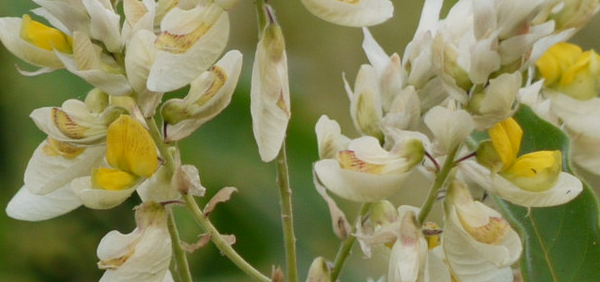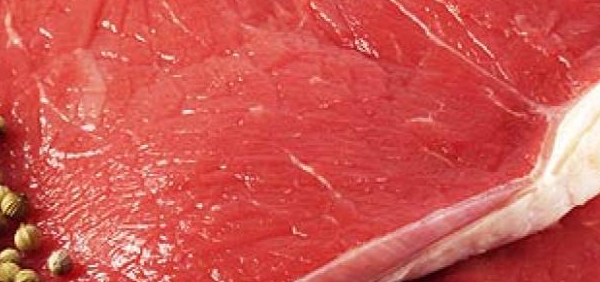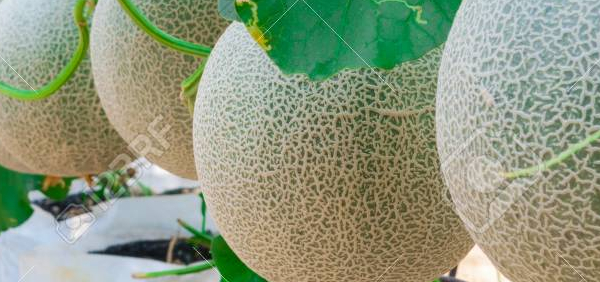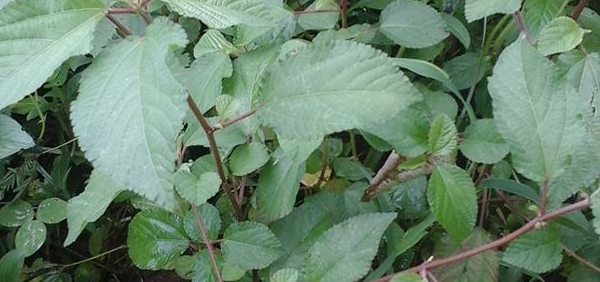dhanya :

Phytochemistry:
Brown rice protein contains in g/16g N: 4.6 g isoleucine, 7.9 g leucine, 3.6 g lysine, 5.1 g phenylalanine, 4.7 g tyrosine, 5.3 g total sulfur amino acids, 2.8 g methionine, 3.6 g threonine, 1.4 g tryptophane, and 6.4 g valine (Rutger, 1981). Based on 68–84 analyses, Miller (1958) reports that the straw contains 88.0–93.4% DM (mean 91.5) and, on a zero moisture basis 2.8–6.2% CP (mean 4–2), 0.7–2.3% EE (mean 1.4), 27.6–38.3% CF (mean 35.1), 14.0–20.1% ash (mean 16.9), and 36.6–48.1% NFE (mean 42.4). Han and Andersons analyses (1974) are similar, 0.19 mcal/100 g, 4.5% CP, 1.5% EE, 35% CF, 4.5% lignin, 34.0% cellulose, 42.0% NFE, 16.5% ash, 14.0% silica, 0.19% Ca, 1.2% K, 0.4% Mg, 0.10% P, and 0.10% S.PHARMACOLOGY:
IMPORTANT FORMULATIONS –1.Brahma Rasayana,
2.Stanyajanana Kaska Curna
- » Classification and names of dhanya
- » Synonyms and definitions of dhanya
- » Drug Properties of dhanya
- » Chemical Constituents of dhanya
- » Standardization of dhanya
- » Parts used and Dosage of dhanya
- » Morphology and Histology of dhanya
- » Distribution and Conservation of dhanya
- » Cultivation of dhanya
- » dhanya in the market
- » Medicinal Uses of dhanya
- » Researches and clinical trails of dhanya
- » dhanya in other sytems of medicine
- » Ayurvedic formulations with dhanya
- » Images of dhanya





